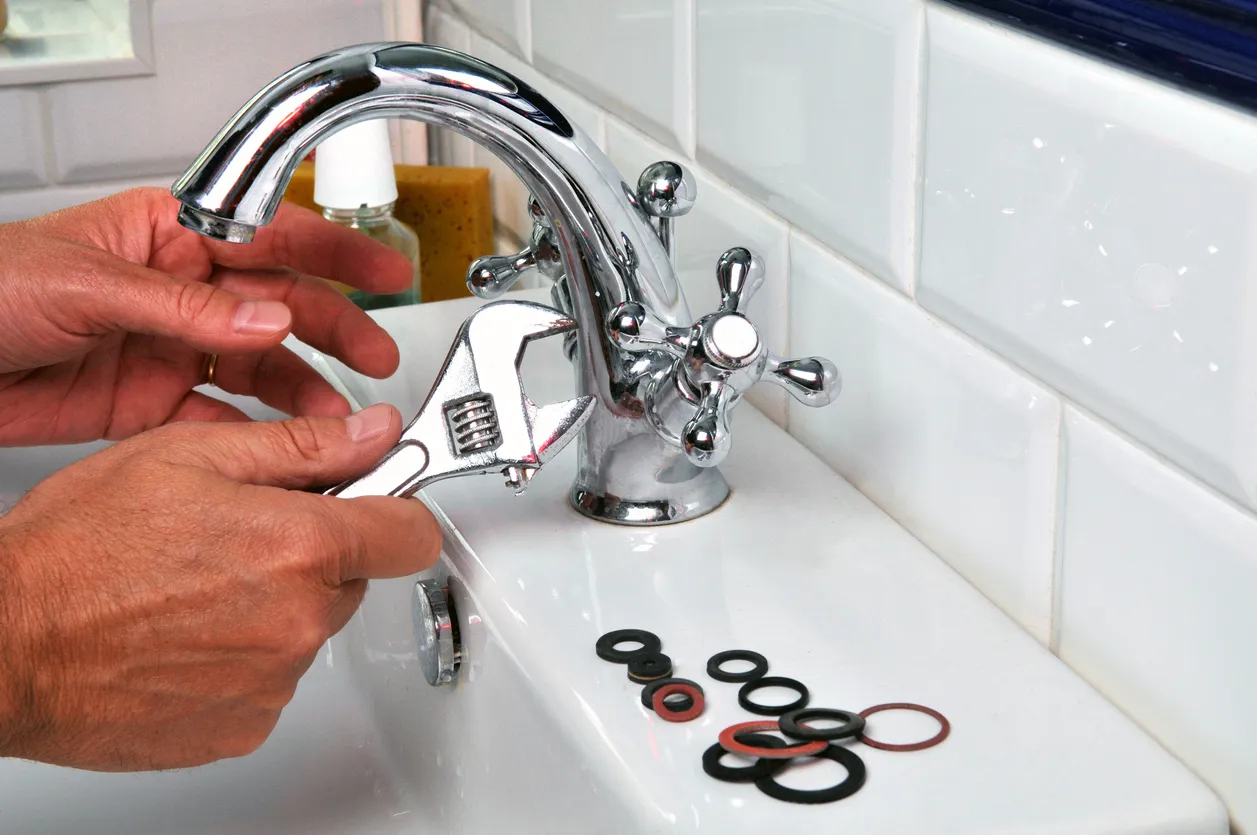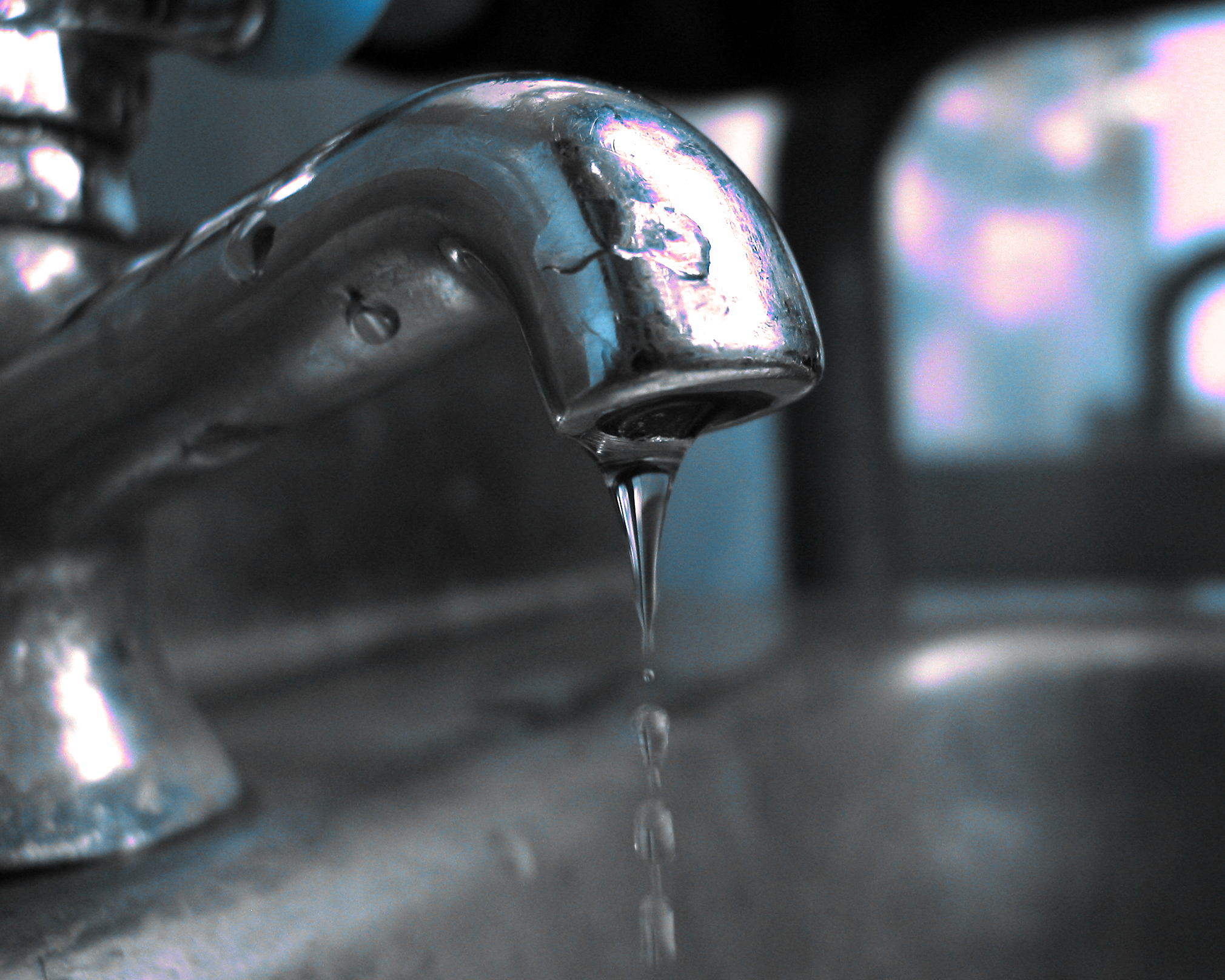Just about everyone is bound to have their personal notions in relation to What Causes Leaky Faucets & How To Fix Them.

Trickling faucets could appear like a small trouble, yet their impact goes beyond just the aggravation of the sound. From drainage to incurring unnecessary financial costs and health dangers, overlooking a trickling faucet can bring about various consequences. In this article, we'll delve into why it's crucial to resolve this usual home issue without delay and effectively.
Wastefulness of Water
Environmental Influence
Leaking taps contribute significantly to water wastefulness. According to the Environmental Protection Agency (EPA), a solitary tap leaking at one drip per second can throw away more than 3,000 gallons of water each year. This not just stress water sources yet also impacts ecosystems and wildlife dependent on them.
Financial Costs
Enhanced Water Expenses
Past the ecological effect, trickling faucets can pump up water expenses considerably. The accumulated wastage with time converts right into greater energy costs, which might have been prevented with timely repair work.
Prospective Property Damages
In addition, extended dripping can lead to harm to fixtures and surface areas surrounding the tap. Water buildup can create discoloration, corrosion, and also structural problems if left unattended, causing additional repair service expenses.
Health and wellness Concerns
Mold And Mildew and Mold Growth
The continuous visibility of moisture from a leaking tap creates a suitable environment for mold and mildew and mildew growth. These fungi not only jeopardize interior air top quality yet also pose health dangers, particularly for individuals with respiratory conditions or allergic reactions.
Waterborne Conditions
Stationary water in trickling taps can end up being a breeding ground for germs and other microorganisms, enhancing the risk of waterborne diseases. Impurities such as Legionella germs grow in stationary water, possibly causing significant ailments when consumed or breathed in.
DIY vs. Professional Repair work
Advantages and disadvantages of DIY Repair Service
While some may try to repair a dripping tap themselves, DIY repair services include their very own set of obstacles. Without correct understanding and devices, DIY efforts can exacerbate the problem or bring about incomplete repair services, prolonging the problem.
Benefits of Working With a Professional Plumber
Employing an expert plumber makes certain that the underlying reason for the leaking faucet is dealt with efficiently. Plumbing technicians have the know-how and tools to identify and repair tap concerns effectively, saving time and decreasing the danger of further damages.
Step-by-Step Guide to Fixing a Dripping Tap
Tools Called for
Before trying to repair a trickling faucet, collect the necessary devices, consisting of an adjustable wrench, screwdrivers, substitute parts (such as washers or cartridges), and plumber's tape.
Usual Faucet Issues and Their Solutions
Determine the sort of faucet and the particular concern causing the drip. Typical troubles consist of damaged washing machines, corroded valve seats, or faulty O-rings. Refer to supplier guidelines or online tutorials for step-by-step assistance on repair services.
Safety nets
Routine Maintenance Tips
To avoid leaking faucets, perform routine upkeep such as cleansing aerators, evaluating for leakages, and replacing worn-out components immediately. Furthermore, consider mounting water-saving gadgets or upgrading to more reliable fixtures.
Relevance of Prompt Fixes
Dealing with dripping taps as quickly as they're observed prevents further water wastage and prospective damages, ultimately conserving both water and cash over time.
Influence On Building Value
Understanding of Well-Maintained Property
Maintaining a property in good condition, including attending to upkeep problems like leaking taps, improves its viewed value and value among potential buyers or tenants.
Influence on Resale Worth
Properties with well-maintained plumbing components, consisting of faucets, command higher resale values in the property market. Attending to dripping faucets can contribute to a favorable perception during building examinations and settlements.
Ecological Responsibility
Private Contribution to Conservation
Taking responsibility for taking care of trickling taps lines up with broader efforts towards water preservation and environmental sustainability. Every individual's activities collectively make a considerable impact on preserving valuable resources.
Sustainable Living Practices
By prioritizing timely repair services and embracing water-saving routines, people add to lasting living practices that profit both present and future generations.
Verdict
Attending to a dripping faucet exceeds plain benefit; it's an essential action toward preserving water, reducing economic prices, and protecting wellness and residential or commercial property. Whether through DIY repair work or professional help, taking action to take care of leaking faucets is a small yet impactful method to advertise responsible stewardship of sources and add to a healthier, more lasting future.
How to Fix a Leaky Faucet: Step-by-Step Repair Guide
A leaky faucet may seem like a simple annoyance, but if it's not fixed promptly, that leak could cost hundreds to potentially thousands. From water damage to mold, mildew, and high water bills, even a tiny leak can be catastrophic if left unattended. Damage like this can even affect the overall value of your home, so it's important to take the right approach for leaky faucet repair. You may need the help of a plumber in some cases, but we've got a few tips you can try on how to fix a leaky faucet before calling the pros.
Four Faucet Types
When you're learning how to fix a leaky faucet, the first step is knowing what kind of faucet you're working with! There are four common types.
Cartridge Faucets
Cartridge faucets come in one- or two-handled varieties. In one-handled cartridge faucets, hot and cold water combines in a single cartridge. In the two-handled versions, hot and cold water are controlled separately and mixed in the faucet.
Ball Faucets
Ball faucets have a single lever you push up and down to adjust the pressure and rotate to change the temperature. A slotted metal ball controls the amount of water allowed into the spout.
Compression Washer Faucets
They're the oldest type of faucet, but they're still used in many homes — especially older ones. Compression faucets have two separate handles that, when turned, raise or lower the washer that seals a water valve. This valve stops water from flowing through the faucet when it is turned off.
Disc Faucets
Disc faucets rarely need to be repaired due to their maintenance-free design. The water flow is controlled by two discs — the upper one raises and lowers against a fixed lower disc, creating a watertight seal. If your disc faucet starts leaking, you may need to replace the seals or clean residue buildup from the inlets.
Fixing a Leaky Faucet
Step 1: Turn Off the Water
Whether you're learning how to fix a leaky bathtub faucet or how to fix a leaky kitchen faucet, always turn off the water supply to your working area when you're fixing a leak. The last thing you want is a flood added to your list of things to fix.
Look for the shutoff valves below your sink or around the tub and turn them clockwise to stop the water flow. If your faucet doesn't have shutoff valves, you may need to turn off the water for the whole house. Check to make sure it's off by turning the faucet on. If nothing comes out, you're ready to start the repair.
Step 2: Take Apart the Faucet
How you disassemble your faucet depends on the type of fixture you have. You can use a flathead screwdriver to remove the caps on top of the handle or handles for cartridge and compression faucets. Inside, you should see handle screws. Unscrew these with a screwdriver to remove the handle.
Disc- and ball-style faucets will typically have an inlet screw near the handle, and removing that will reveal the interior of the faucet.
Detach the Valve Stem
For cartridge- and compression-style faucets, you'll see the inner valve stem or cartridge once you remove the faucet handles. If you have a compression faucet, unscrew the brass valve stem. If you have a cartridge faucet, pull out the cartridge. If your cartridge has been in place for a while, it may require some tools or extra force to remove it due to mineral deposits.
Examine and Replace Parts
Once you've removed the parts, check them out to confirm what needs to be replaced. You may see corroded rubber washers, O-rings, stems, or cartridges. On a ball-style faucet, check the seats and springs for damage.
If you need to repair a leaky disc faucet, check the inlet and seals on the lower disc.
Once you determine what parts must be replaced, visit your local hardware store. Bring the damaged parts with you to ensure you can purchase the correct components to replace them.
Clean Valves and Faucet Cavity
If you've removed a stem or cartridge, you may notice mineral buildup in the faucet's threads. Use white vinegar to clean the valve seat by soaking it for a few minutes, then scrub it away with a soft toothbrush and rinse with warm water. You can also clean the interior of the faucet in the same way.
Reassemble the Faucet
Once your faucet is cleaned and the required parts have been replaced, it's time to reassemble it. Put the pieces back together and slowly turn the water supply back on. Doing this slowly is crucial because too much initial water pressure can damage the new hardware you've just installed.
https://homewarranty.firstam.com/blog/how-to-fix-leaky-faucet

I found that piece of writing about What Causes Leaky Faucets & How To Fix Them while doing a lookup on the internet. Liked our piece of writing? Please quickly share it. Let someone else check it out. Kudos for your time. Please come visit our site back soon.
Comments on “Why It's Significant to Deal with a Faulty Faucet”